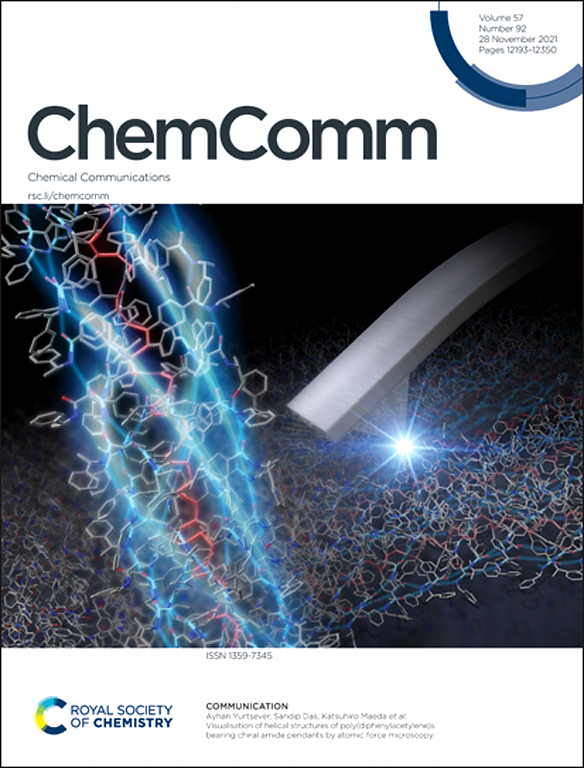Selective electrooxidation of 5-hydroxymethylfurfural to value-added 2,5-furanodiformic acid: mechanism, electrolyzer system, and electrocatalyst regulation
IF 4.2
2区 化学
Q2 CHEMISTRY, MULTIDISCIPLINARY
引用次数: 0
Abstract
Value-added chemical products derived from biomass have attracted wide attention in addressing global warming and fossil fuel pollution. Among them, 2,5-furanodiformic acid (FDCA), the oxidized product of 5-hydroxymethylfurfural (HMF), is an effective substitute for terylene acid extracted from petroleum to synthesize biodegradable plastics. Electrochemical oxidation is an environmentally friendly, mild reaction condition, high-efficiency process for converting HMF to FDCA. However, the electrooxidation of HMF involves six-electron transfer, normally leading to the formation of many by-products. Thus, there is still a need to construct highly selective catalysts for HMF electrooxidation to FDCA. In this review, first we have investigated the mechanism of HMF electrooxidation and summarized the electrolytic cells and product analysis methods for electrooxidation of HMF to FDCA. The factors influencing HMF electrooxidation to FDCA are also discussed. Then, the electronic structure regulation methods of various electrocatalysts including heteroatom doping, heterostructure construction, interfacial engineering, and defect engineering are systematically summarized for the highly selective electrooxidation of HMF to FDCA. Finally, future challenges and prospects are proposed for further deep understanding. It is expected that this review could provide new guidance for large-scale electrooxidation of HMF to FDCA in industry.
5-羟甲基糠醛选择性电氧化制增值2,5-呋喃二甲酸:机理、电解系统及电催化剂调控。
生物质能衍生的高附加值化工产品在应对全球变暖和化石燃料污染方面引起了广泛关注。其中,5-羟甲基糠醛(HMF)的氧化产物2,5-呋喃二甲酸(FDCA)是石油提取的苯甲酸合成生物降解塑料的有效替代品。电化学氧化法将HMF转化为FDCA是一种环境友好、反应条件温和、效率高的工艺。然而,HMF的电氧化涉及六电子转移,通常导致许多副产物的形成。因此,仍然需要构建高选择性的HMF电氧化制备FDCA催化剂。本文首先对羟甲基糠醛电氧化的机理进行了研究,并对羟甲基糠醛电氧化制FDCA的电解池和产物分析方法进行了综述。讨论了影响HMF电氧化制备FDCA的因素。然后系统总结了各种电催化剂的电子结构调控方法,包括杂原子掺杂、异质结构构建、界面工程、缺陷工程等,以实现HMF高选择性电氧化制备FDCA。最后,提出了未来的挑战和展望,以进一步深入了解。希望本文的研究能够为HMF大规模电氧化制FDCA的工业应用提供新的指导。
本文章由计算机程序翻译,如有差异,请以英文原文为准。
求助全文
约1分钟内获得全文
求助全文
来源期刊

Chemical Communications
化学-化学综合
CiteScore
8.60
自引率
4.10%
发文量
2705
审稿时长
1.4 months
期刊介绍:
ChemComm (Chemical Communications) is renowned as the fastest publisher of articles providing information on new avenues of research, drawn from all the world''s major areas of chemical research.
 求助内容:
求助内容: 应助结果提醒方式:
应助结果提醒方式:


